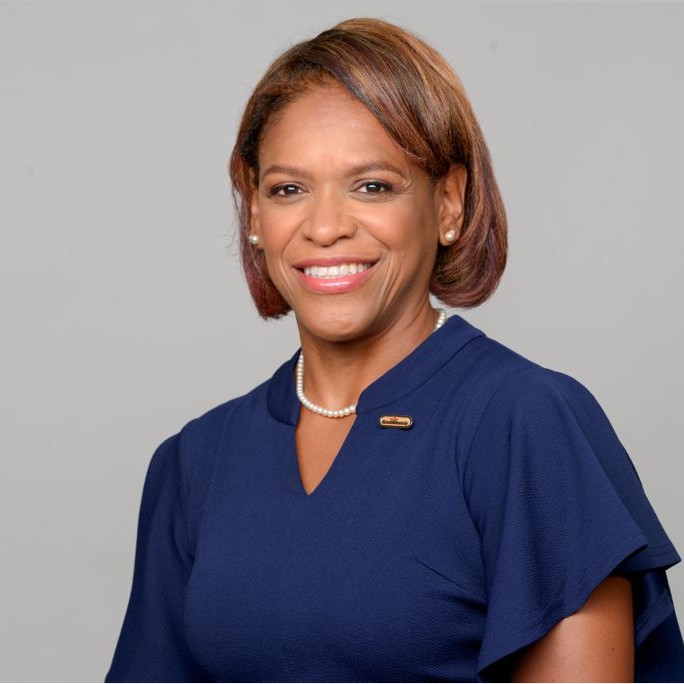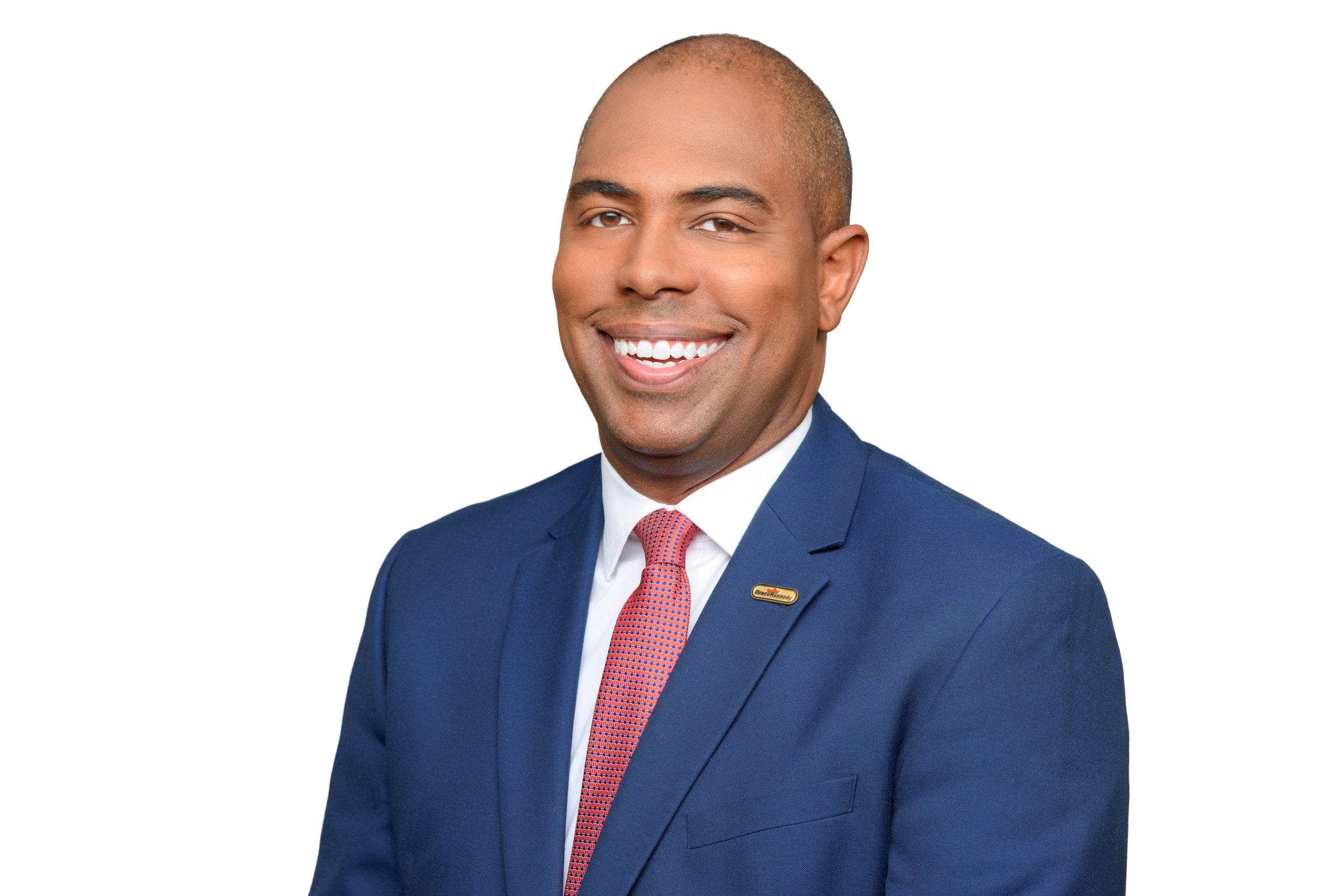Businessuite Women
Time for a ROWE; a Results-Only Work Environment
“Most of us believe that the best way to motivate ourselves and others is with external rewards like money, the carrot-and-stick approach. That’s a mistake. The secret to high performance and satisfaction, at work, at school, and at home, is the deeply human need to direct our own lives, to learn and create new things, and to do better by ourselves and our world.”

Businessuite News24
Private Sector Urged to Champion Productivity
“Equity means ensuring access to financing, financial inclusion, fair treatment under regulation, and a level playing field for all, including women, youth, and marginalised communities,” she said.
Businessuite Women
Dorothea Gordon-Smith Marks 50 Years of Quiet Power in Waste Management
Gordon-Smith has never been one to seek the spotlight. Her legacy is not one of noise or flash—but of consistency, care, and conviction. In an industry that rarely sees women at the top, she not only rose—she transformed what leadership looks like.
Businessuite Women
Who is Safia Cooper?: Steering Pulse Investments into a New Era
Businessuite Women
Corporate Movements: Margaret Campbell Appointed CEO of GKMS Group; Lee-Anne Bruce Named COO
Businessuite Women
GraceKennedy Limited (GK) Announces Additional Leadership Changes
These leadership changes align with the Company’s commitment to fostering a performance-driven culture while promoting innovation and consumer centricity.
-
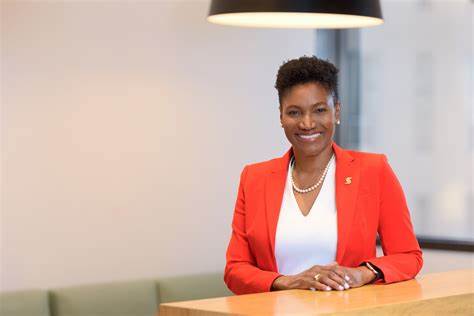
 Businessuite Markets3 weeks ago
Businessuite Markets3 weeks agoScotia Group Delivers 19% Q2 Profit Growth, Net Income Hits $5B for the Quarter
-

 Businessuite News241 week ago
Businessuite News241 week agoIndia’s 10-Minute Delivery Boom: A Blueprint for Disruption—and a Wake-Up Call for Caribbean Courier Companies
-

 Leadership Conversations4 weeks ago
Leadership Conversations4 weeks agoWhy Some CEOs Resist the Concept of Buy-In
-

 Corporate Feature1 week ago
Corporate Feature1 week agoNot Just Vanity Metrics: A Digital Leader Focused on What Matters
-

 Businessuite Women1 week ago
Businessuite Women1 week agoDorothea Gordon-Smith Marks 50 Years of Quiet Power in Waste Management
-

 Businessuite News24 International1 week ago
Businessuite News24 International1 week agoIndia’s 10-Minute Delivery Boom: Reshaping Retail, Logistics, and Urban Spaces
-

 Business Insights3 weeks ago
Business Insights3 weeks agoYou Can’t Fix What You Can’t See: Why Jamaica Broilers’ U.S. Collapse Wasn’t Just Financial, It Was Strategic
-

 Businessuite News241 day ago
Businessuite News241 day agoBusinessuite Special Report P4 | Homegrown Disruption: InterMetroONE & Walkbout.com Position Jamaica’s Answer to Uber–Airbnb




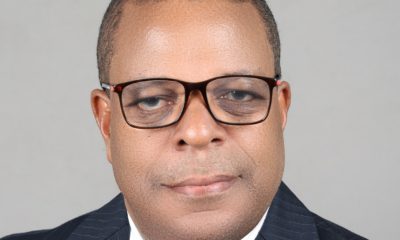

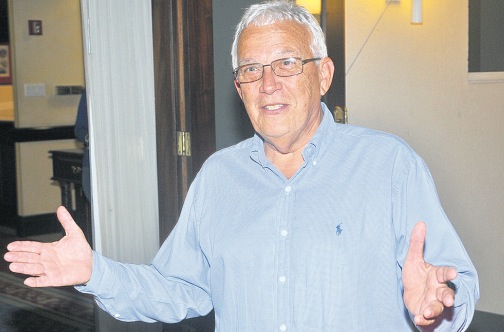


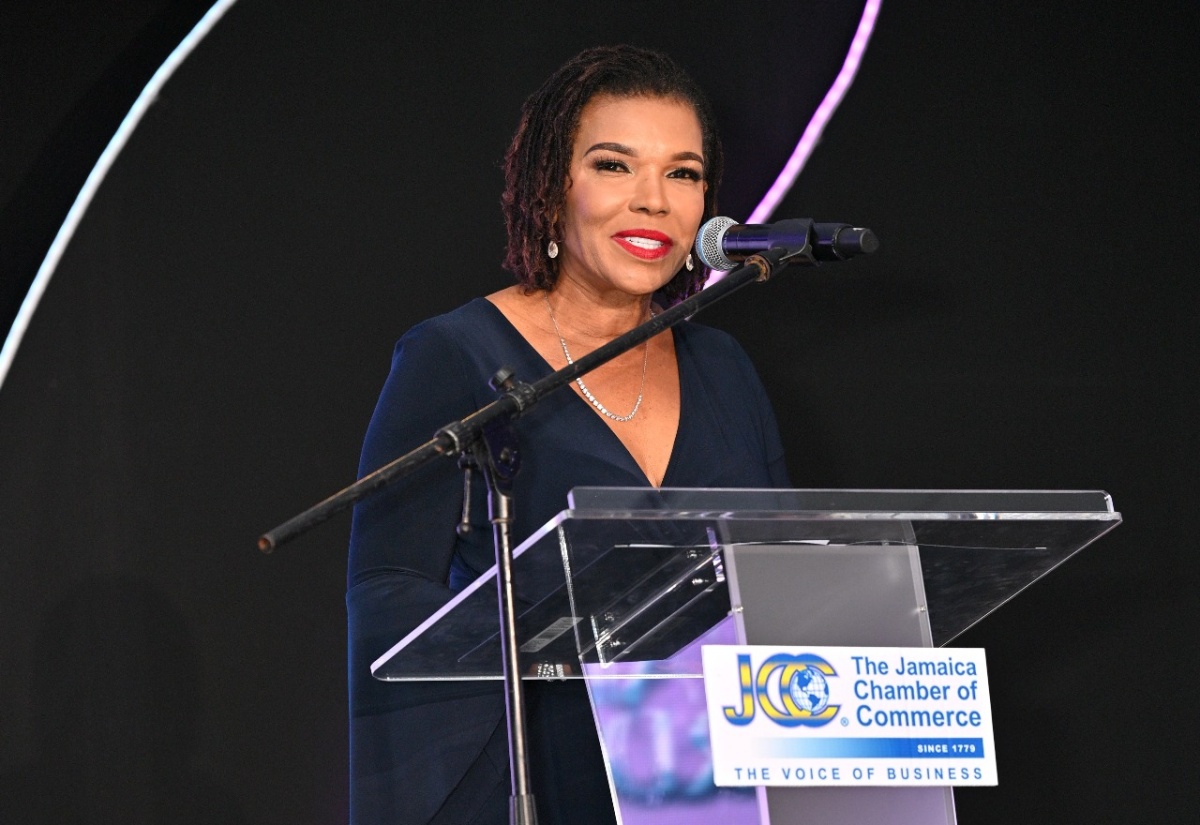


 Safia’s journey with Pulse began in earnest in 2012 when she joined as Director of Sales and Marketing. Her prior experience included managerial roles at Red Stripe Jamaica and Diageo Brazil, where she honed her skills in brand management and strategic marketing. She holds a BSc in International Relations from the University of the West Indies and an MBA from Nova Southeastern University.
Safia’s journey with Pulse began in earnest in 2012 when she joined as Director of Sales and Marketing. Her prior experience included managerial roles at Red Stripe Jamaica and Diageo Brazil, where she honed her skills in brand management and strategic marketing. She holds a BSc in International Relations from the University of the West Indies and an MBA from Nova Southeastern University.

